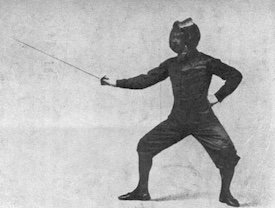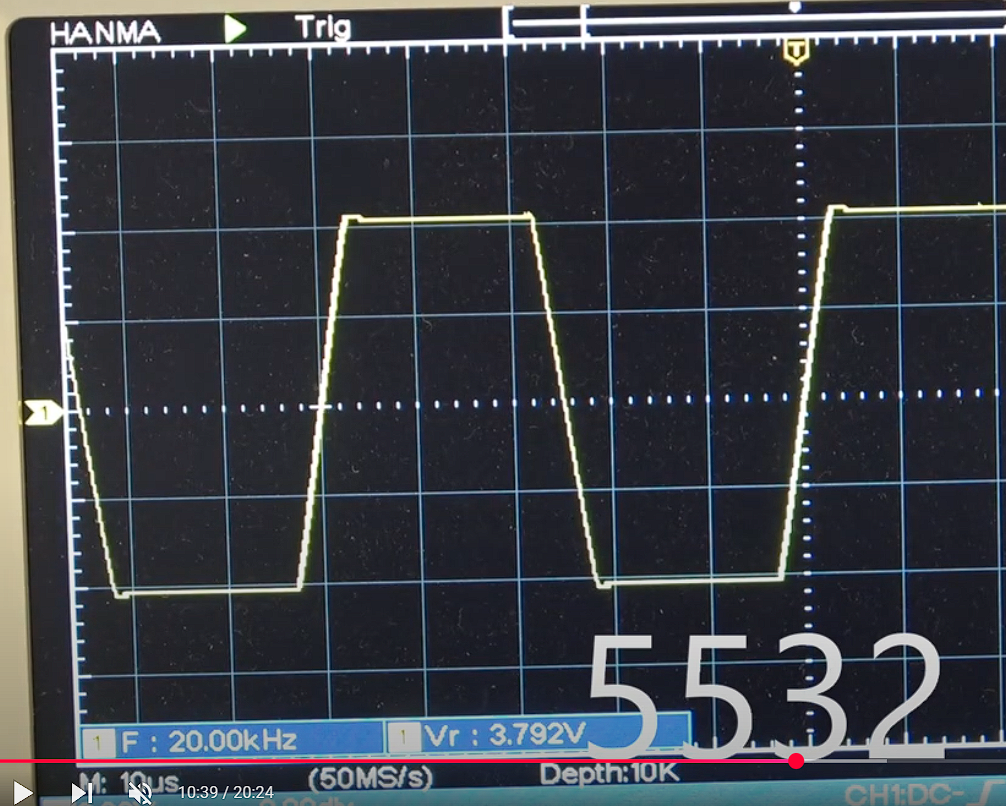and mind you, a square wave is still a very simple waveform to capture.
The exact opposite of the truth, a square wave is an impossible waveform to capture, it’s also impossible to reproduce.
This is a single grand piano key struck spectrogram:
That is not a spectrogram, a spectrogram indicates frequency, amplitude and time. What you’ve posted only indicates frequency and amplitude. It’s also rather bizarre as neither represents the harmonic series of a single note, maybe the note was played with the sustain pedal engaged and they mic’ed it in such a way to pickup the sympathetic ringing of the other strings.
The difference between those spectrograms is the whole idea of the music - when a pianist wants to express a violent fortissimo or a soft mood ambient melody.
The difference between those graphs has little to do with music at all. Again, they are not spectrograms and do not indicate time, virtually “
the whole idea of music” is based on one or a combination of melody, rhythm and harmony but without any time none of those are possible. So again, complete BS!
If you volume match those sounds because they obviously have different volume, the difference of sound to a human ear and brain are not just different, they are completely different.
That too is complete nonsense. If the sound were “
completely different” then you would be incapable of recognising that a piano played fortissimo is still a piano.
Ignore the noise, just the main harmonics. There are 12 of them. A single grand piano key has 60. A continuous grand piano music will have like 300 or even 500 of them.
The 1kHz square wave has 12 harmonics because all rest have been filtered out! A square wave has an infinite number of harmonics while a single grand piano key will typically have about 4-5 or up to 8 or so if you really bash it, although you might get 60 freqs with the sustain pedal down from all the other strings “sympathetic” ringing. “
A continuous grand piano music” would commonly have no more than 10-20 or so harmonics at the same time as many of notes will be harmonically related and therefore have overlapping harmonics. A very loud tone cluster with the sustain pedal down might give you as many as 100 harmonics/freqs but even if it were 500, thats still a great deal less than the infinite number of harmonics required for a square wave.
So if the NE5532 was unable to reproduce a square wave a grand piano will be much worse.
The NE5532 is unable to reproduce a square wave, your own oscilloscope pictures demonstrate only an approximation of a square wave because a real square wave is impossible to capture or reproduce and a grand piano is literally INFINITELY easier to capture and reproduce. While a grand piano is challenging to mic and mix, from a digital audio point of view it’s trivially easy. It has a relatively limited dynamic range and a quite limited frequency range, it’s entirely possible to have a good grand piano recording with little or nothing above about 12kHz.
Again, pretty much every assertion you made is completely false! Posting false assertions to a science discussion forum is rude/insulting, when are you going to stop being so rude and ignorant?
G




























